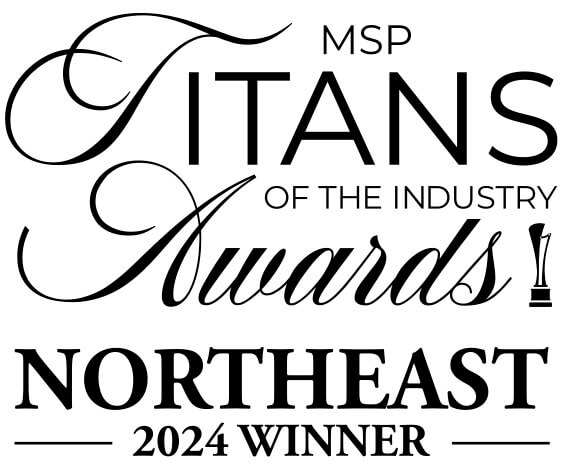BNMC Blog
Windows 101 for Mac Transplants: Breaking Down the Taskbar
We understand that Windows, while standard in most businesses, isn’t always the operating system of choice for personal users. With many schools supplying Chromebooks and Macs to students, the number of young users unfamiliar with Windows will likely rise as time passes.
Regardless of your preference regarding personal devices, becoming as familiar as possible with what is available in your professional life is always best. It also never hurts to review these things, even if you’ve used Windows before. A lot has changed, and you may learn something new!
So, if you’re an Apple user and find yourself using Windows in the workplace, consider this your guided tour of how to use Microsoft’s longstanding operating system.
By the way, we plan to return to this topic, so don’t forget to check out some other guides in the future by clicking the “Learning Windows” tag at the bottom of this post.
How to Use a Windows PC at Work If You Grew Up Using a Mac
So, you’re at work, staring down at your display. What now?
Let’s start with the basics… how the OS presents information to you.
Rather than the menu bar, Launchpad, and dock, Windows uses the Start Menu and Taskbar. Let’s compare them together.
The Taskbar Combines the Launchpad and Dock
Similar to the Launchpad and Dock, the Taskbar allows you to access various utilities that the Windows OS has to offer. It contains a variety of tools:
- The Start Menu - This menu is where you can access your programs and applications.
- Search - This built-in utility helps you find specific files, settings, or programs.
- Desktops - This section allows you to create and manage your virtual desktops.
- File Explorer - This is the Windows version of Finder, where you can access and manage your saved files.
- Widgets - This gives you access to mini-programs that help update you on current events and the weather.
- Teams Chat - This links to the Microsoft collaboration app Teams, where you can chat and video conference with your contacts.
- Edge - This gives you quick access to Windows' default browser.
The Taskbar helpfully resembles the Dock by default, although you can adjust this setting to revert it to the classic Windows style. You can also right-click on the Taskbar and select Settings to customize it—for instance, if you have no use for any widgets, you can shut it off here.
Hopefully, this brief introduction to the Windows OS is enough to get you started, but stay tuned for more information about its different pieces, parts, and the processes you’ll need to follow… and for more IT assistance and management, consider working with BNMC as your outsourced provider.
Learn more about what we have to offer by giving us a call at (978) 482-2020.




Comments